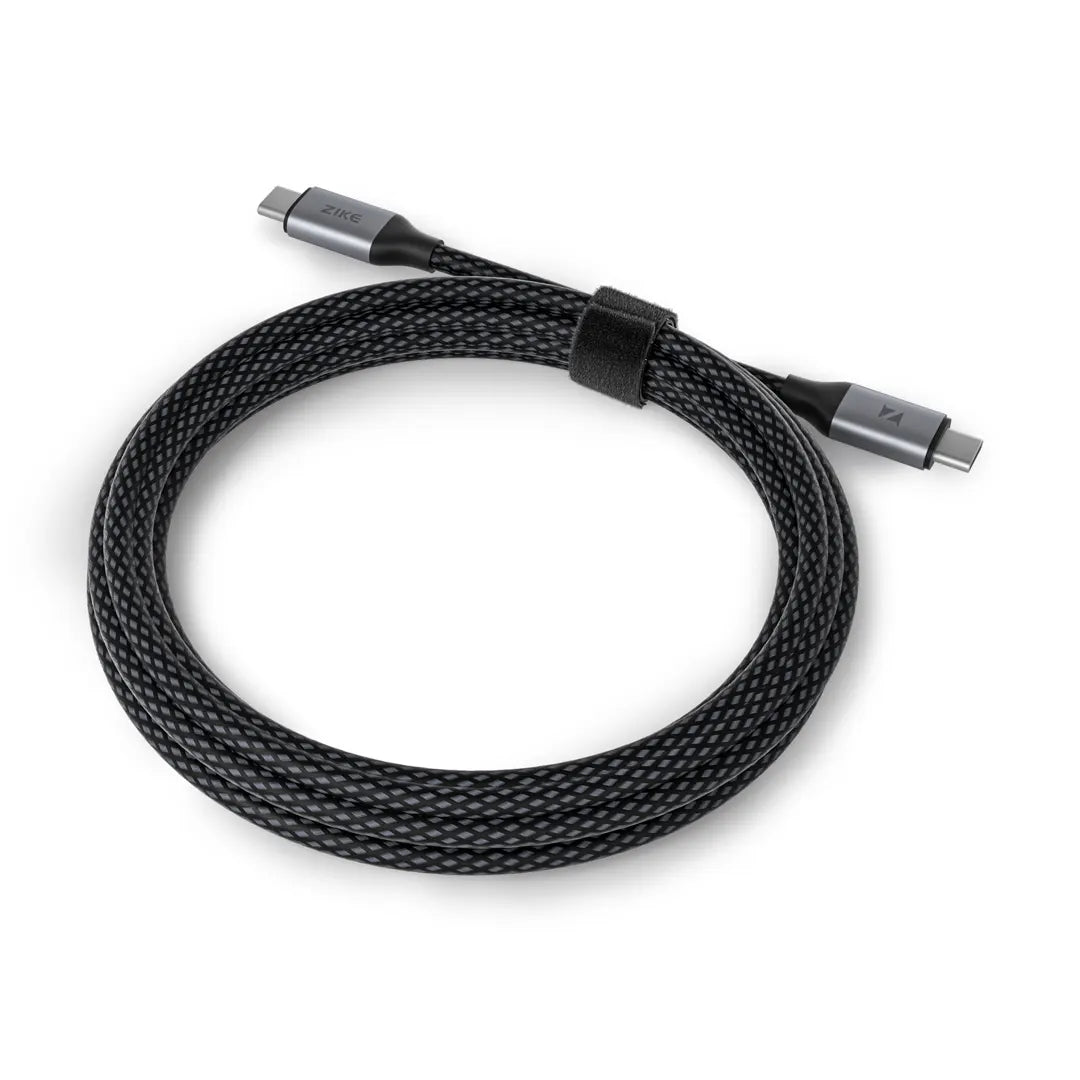March 25, 2024 | Words by Jackson
In the digital age, where every click, swipe, and tap relies on seamless connectivity, choosing the right data cable can make or break your tech game.
Whether you're a seasoned tech enthusiast or just someone trying to untangle the mysteries of connectivity, fear not! We've got your back. So grab your caffeinated beverage of choice and let's dive into the world of data cables.
First things first, let's unravel the enigma of what a data cable actually is.
Simply put, a data cable is the unsung hero behind the scenes, tirelessly ferrying digital information from one device to another. From transferring files between your smartphone and laptop to powering up your gadgets, data cables are the silent conductors of the digital symphony.
Ah, the eternal question: what sets a charging cable apart from its data cable sibling? Let's unravel this mystery!
At first glance, charging cables and data cables may seem like two peas in a pod, but they do have their nuances:
So, while charging cables and data cables may have different specialties, they often overlap in functionality, with many cables offering the best of both worlds. Whether you're powering up your device or zipping files between gadgets, there's a cable out there ready to rise to the occasion!
Now that we've identified our hero, let's meet the cast of characters:
The classic, the OG of data cables. This rectangular wonder is ubiquitous, found in everything from your keyboard to your printer. If it's got a USB port, chances are it's an A-type.
USB-A is a ubiquitous and versatile type of USB connector that has been a standard in the tech world for decades. It's easily recognizable by its rectangular shape with flat edges and is commonly found on computers, laptops, chargers, and various peripherals. USB-A connectors are typically used for both data transfer and power delivery.
Here are some key characteristics and uses of USB-A connectors:
In summary, USB-A connectors are a fundamental part of the tech landscape, offering universal compatibility, data transfer capabilities, and power delivery for a wide range of devices. Whether you're transferring files, charging your gadgets, or connecting peripherals, USB-A cables and ports continue to play a vital role in modern computing and connectivity.
The sleek newcomer on the block. With its reversible design and lightning-fast transfer speeds, USB-C is the golden child of modern connectivity. From smartphones to laptops, this versatile cable does it all.
USB-C, also known as USB Type-C, is a versatile and increasingly popular type of USB connector that has revolutionized the way we connect and power our devices. Unlike its predecessors, USB-C features a smaller, reversible design that offers several benefits and functionalities. Here's a breakdown of what USB-C is all about:
In summary, USB-C is a versatile and future-proof connector that offers reversible design, high-speed data transfer, fast charging capabilities, and compatibility with various protocols and devices. As USB-C continues to gain popularity, it is becoming the standard connector for modern computing and connectivity needs.
ZikeTech






Don't let its diminutive size fool you; Micro-USB packs a punch. Commonly found in older smartphones, tablets, and other gadgets, this cable is still a vital player in the tech ecosystem.
If you're in the Apple ecosystem, Lightning cables are your go-to companions. These proprietary cables are designed specifically for Apple devices, ensuring a seamless connection every time.
With a tech arsenal as formidable as yours, choosing the right data cable becomes a crucial mission for seamless connectivity. Fear not, for I shall guide you through the labyrinth of cable choices!
So, you've picked out the perfect cable for your needs, but your journey doesn't end there. Here are some tips to keep your data cables happy and healthy:
Not all cables are created equal. To ensure fast charging speeds, look for cables that support your device's fast charging standard, such as USB-PD or Qualcomm Quick Charge.
For example, this cable: ZIKE USB C to USB C 1.5m 100W PD3.0 Cable Z518
Signs of cable damage include frayed insulation, exposed wires, or a loose connection. If you notice any of these issues, it's time to retire the cable and invest in a new one.
Choosing the right data cable may seem like a daunting task, but armed with the knowledge of cable types, usage tips, and maintenance tricks, you're well-equipped to tackle any connectivity conundrum that comes your way. So go forth, fellow tech adventurer, and may your data cables always be at your beck and call!